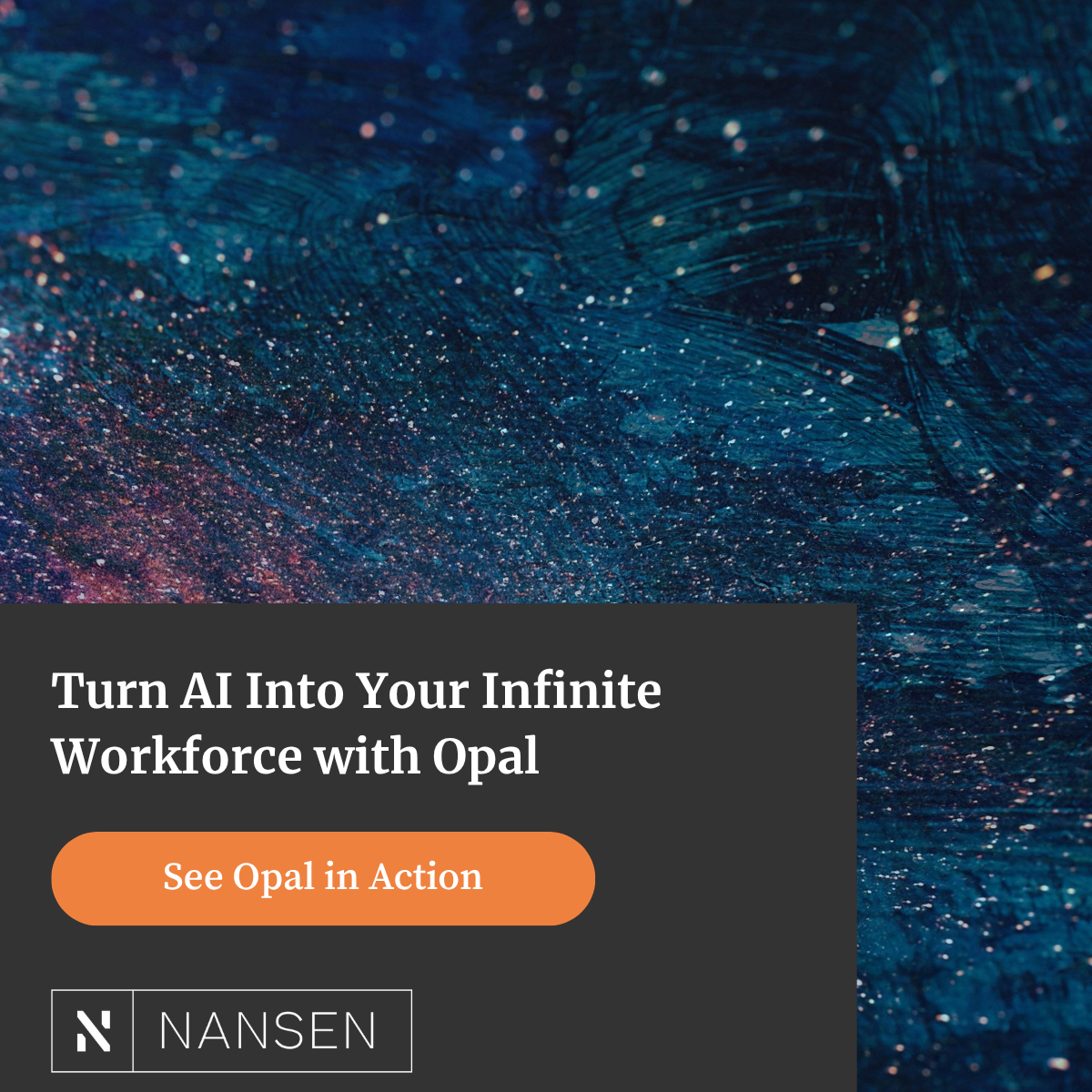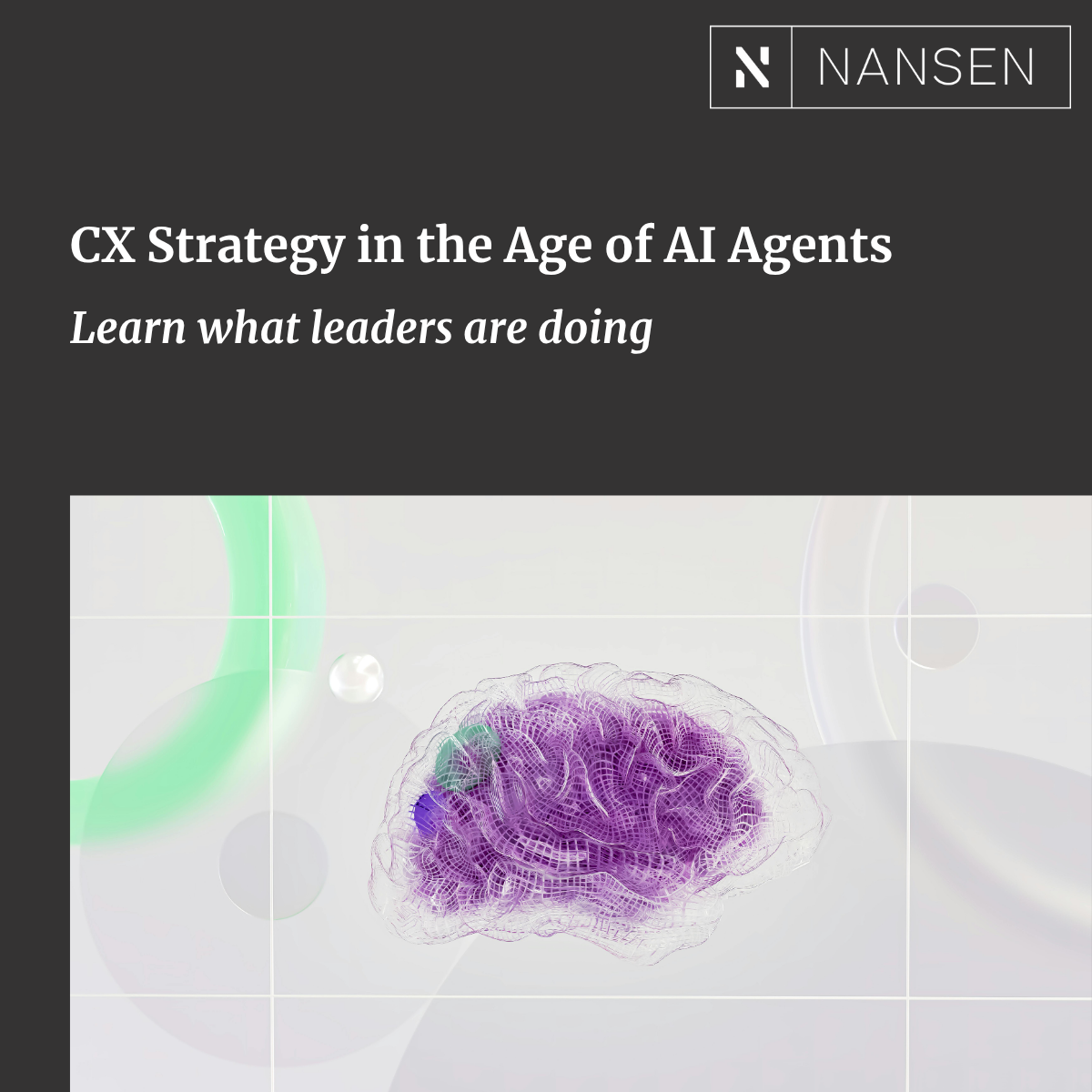In the competitive landscape of digital experiences, choosing the right DXP platform is critical. While both Adobe and Optimizely offer robust capabilities, for businesses prioritizing specific aspects like ease of use, experimentation, flexibility, integration, and value, Optimizely emerges as the clear champion. Here’s why.
Frictionless Experience Management
Say goodbye to complex interfaces. Optimizely’s intuitive design makes it easy for anyone, regardless of technical expertise, to manage content, personalize experiences, and run experiments.
Adobe AEM, while powerful, can be daunting for non-technical users, hindering their ability to contribute to the CX journey.
Experimentation: A/B Testing Made Easy
A/B testing and personalization are the cornerstones of optimizing your digital offerings. Optimizely’s robust experimentation features are readily accessible and user-friendly, allowing you to quickly test different variations, analyze results, and iterate on your CX strategy.
Adobe’s tools, while proficient, can feel cumbersome and less intuitive, slowing down the experimentation process.
Tailor-Made CX Ecosystems
Your DXP shouldn’t be a one-size-fits-all solution. Optimizely’s modular architecture allows you to pick and choose features, seamlessly integrate with existing tools (think Marketo or Zendesk), and build a customized CX ecosystem that perfectly aligns with your needs. This is made even truer by the recent release of Optimizely One.

Adobe, while comprehensive, can be less flexible, limiting your ability to create a truly personalized web experience.
Collaboration, Not Silos
CX thrives on collaboration. Optimizely seamlessly integrates with various platforms and services you already use, fostering a unified workflow and breaking down data silos.
Adobe, while offering good integration within its own ecosystem (e.g., Adobe Experience Cloud), can be less open to playing nice with others, potentially hindering data flow and collaboration.
Value: More Bang for Your Buck
We know budget matters. Optimizely’s flexible pricing plans allow you to scale your platform based on your needs, ensuring you pay for the features you use. Adobe’s more comprehensive nature often comes with a hefty price tag, potentially straining your CX budget and limiting your options for optimization and growth.

The Bottom Line
Both Adobe and Optimizely are powerful DXPs, but for businesses prioritizing user-friendliness, experimentation agility, flexible customization, seamless integrations, and cost-effectiveness, Optimizely stands out as the more strategic choice. It empowers you to craft personalized, data-driven user experiences, iterate quickly, and drive growth, all while keeping your budget in mind.
Interested in learning more about the benefits of Optimizely vs Adobe? Download a copy of the Forrester Wave Digital Experience Platforms (DXP), q4 2023 to for more head-to-head intel on these two digital experience leaders.













